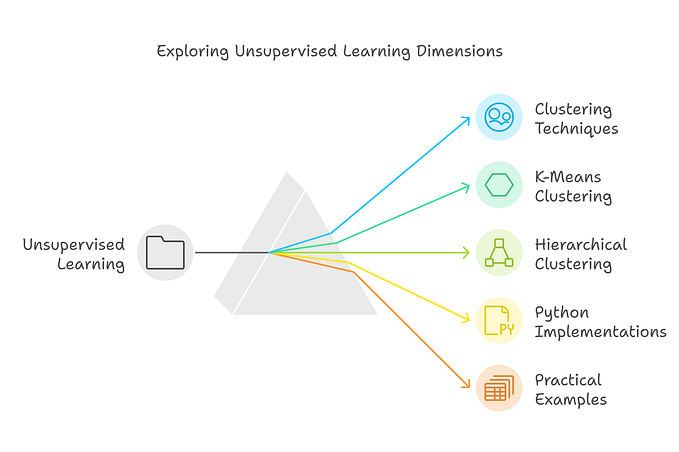Sahajayoga: A Unique Discovery

Her Holiness Shri Mataji Nirmala Devi, often referred to as simply “Shri Mataji,” was the founder of Sahaja Yoga Meditation. Born on March 21, 1923, in Chindwara, India, she dedicated her life to spreading the message of spiritual awakening and self-realization.
Shri Mataji’s journey began with her deep spiritual experiences and a profound desire to share the knowledge of the inner self with others. In 1970, she introduced Sahaja Yoga, a unique form of meditation that aims to awaken the dormant spiritual energy within every individual, known as the Kundalini.
She traveled extensively around the world, offering free meditation sessions and guiding seekers on their spiritual path. Shri Mataji emphasized the importance of experiencing self-realization firsthand, beyond mere intellectual understanding, and often described Sahaja Yoga as the “spontaneous union with the divine.”
Throughout her life, Shri Mataji worked tirelessly to spread Sahaja Yoga to people of all backgrounds and cultures, believing that it held the key to achieving global harmony and inner peace. Her teachings emphasized the universality of spirituality and the innate potential of every human being to attain enlightenment.
Sahaja Yoga Meditation is often described as a technique that aims to awaken the inner spiritual energy (Kundalini) and achieve a state of self-realization, or “thoughtless awareness.” While it is primarily rooted in spiritual teachings, there are scientific perspectives that can be used to explain its effects and mechanisms:
Neuroscience: Sahaja Yoga Meditation practitioners often report a sense of calmness, clarity, and relaxation during meditation. These subjective experiences can be correlated with changes in brain activity observed through neuroimaging techniques like fMRI (functional magnetic resonance imaging) and EEG (electroencephalography). Studies have shown that regular meditation can lead to alterations in brain structure and function, including increased gray matter density in areas associated with attention, emotional regulation, and self-awareness.
Psychophysiology: Meditation practices, including Sahaja Yoga, have been shown to modulate autonomic nervous system activity, leading to reduced stress responses and improved physiological markers such as heart rate variability (HRV), blood pressure, and cortisol levels. These changes indicate a shift towards a more balanced and relaxed state, which can have positive implications for overall health and well-being.
Biochemistry: Sahaja Yoga Meditation has been associated with changes in neurotransmitter levels, particularly serotonin and dopamine, which play key roles in regulating mood, emotions, and cognitive function. Studies have shown that meditation practices can enhance serotonin production and receptor sensitivity, leading to improvements in mood and emotional resilience. Additionally, meditation-induced changes in dopamine levels may contribute to feelings of pleasure, reward, and motivation.
Psychology: Sahaja Yoga Meditation emphasizes the concept of self-awareness and introspection, which aligns with the principles of cognitive-behavioral therapy (CBT) and mindfulness-based interventions. By cultivating mindfulness and non-reactivity to thoughts and emotions, practitioners develop greater emotional regulation skills and resilience to stressors, leading to improved psychological well-being.
Quantum Physics (Analogical): Some proponents of Sahaja Yoga draw analogies between its teachings and concepts from quantum physics, such as the interconnectedness of all things, the observer effect, and the role of consciousness in shaping reality. While these analogies are metaphorical rather than scientifically rigorous, they serve to illustrate the holistic worldview and interconnectedness espoused by Sahaja Yoga philosophy.
Overall, while Sahaja Yoga Meditation may be primarily rooted in spiritual traditions, its effects and benefits can be understood and explored through various scientific disciplines, offering insights into its potential mechanisms of action and relevance for physical, mental, and emotional well-being.
Sahaja Yoga Meditation offers a wide range of benefits for people of all ages and backgrounds. Here are some potential benefits tailored to different types of individuals and age groups:
For Adults:
- Stress Reduction: Sahaja Yoga Meditation helps adults manage stress more effectively by promoting relaxation and reducing physiological markers of stress such as cortisol levels and blood pressure.
- Emotional Well-being: Practicing Sahaja Yoga can enhance emotional regulation skills, leading to improved mood, greater resilience to negative emotions, and increased overall emotional well-being.
- Mental Clarity and Focus: Regular meditation can sharpen cognitive abilities, improve concentration, and enhance mental clarity, allowing adults to approach tasks and challenges with increased focus and efficiency.
- Physical Health: Sahaja Yoga has been associated with improvements in various physical health markers, including better cardiovascular health, enhanced immune function, and reduced inflammation.
- Self-awareness and Personal Growth: Through introspection and self-reflection practices, adults can develop a deeper understanding of themselves, their behaviors, and their relationships, fostering personal growth and self-actualization.
For Children and Adolescents:
- Emotional Regulation: Sahaja Yoga Meditation can help children and adolescents regulate their emotions more effectively, leading to reduced anxiety, improved mood stability, and enhanced resilience to stress.
- Academic Performance: By improving concentration and cognitive abilities, meditation may enhance academic performance, learning retention, and problem-solving skills in children and adolescents.
- Social Skills: Sahaja Yoga encourages compassion, empathy, and kindness, which can promote positive social interactions, conflict resolution skills, and the development of healthy relationships among peers.
- Behavioral Issues: For children and adolescents struggling with behavioral issues or attention disorders, Sahaja Yoga can provide a calming and grounding practice that supports better self-control and impulse management.
- Healthy Habits: Introducing meditation at a young age fosters a lifelong habit of self-care and mindfulness, setting the foundation for a healthy lifestyle and overall well-being.
For Seniors:
- Cognitive Health: Sahaja Yoga Meditation helps seniors maintain cognitive function and mental acuity, reducing the risk of age-related cognitive decline and conditions such as dementia and Alzheimer’s disease.
- Physical Mobility and Balance: Practicing meditation alongside gentle movement exercises can improve flexibility, balance, and mobility in seniors, reducing the risk of falls and supporting overall physical health.
- Emotional Resilience: Seniors may experience improved emotional resilience and greater psychological well-being through regular meditation practice, leading to enhanced coping mechanisms and a more positive outlook on life.
- Social Connection: Sahaja Yoga provides seniors with an opportunity for social connection and community engagement, reducing feelings of isolation and loneliness often experienced in older age.
- Spiritual Fulfillment: For those seeking spiritual fulfillment and a deeper sense of purpose in later life, Sahaja Yoga offers a path towards self-realization and inner peace, enriching the spiritual dimensions of the aging process.
Overall, Sahaja Yoga Meditation offers a holistic approach to well-being that can benefit individuals of all ages, supporting physical health, emotional resilience, cognitive function, and spiritual growth throughout the lifespan. Sahaja Yoga is indeed free of charge and is often described as having a scientific approach.











